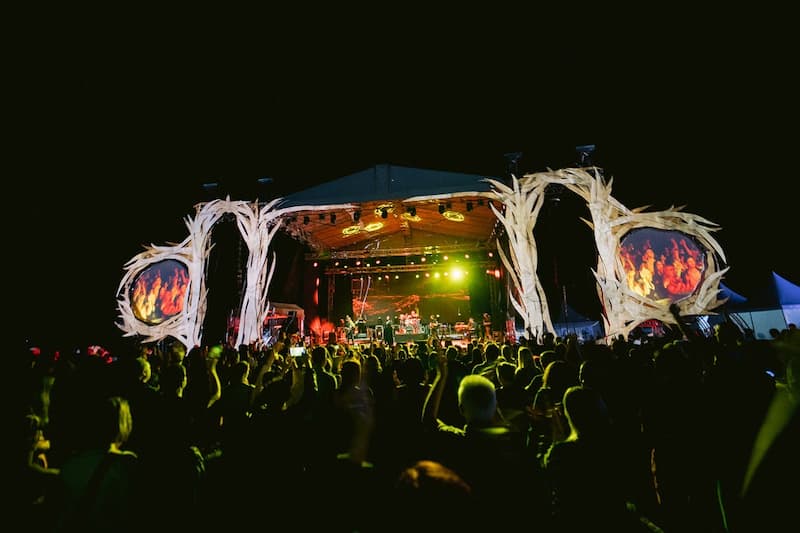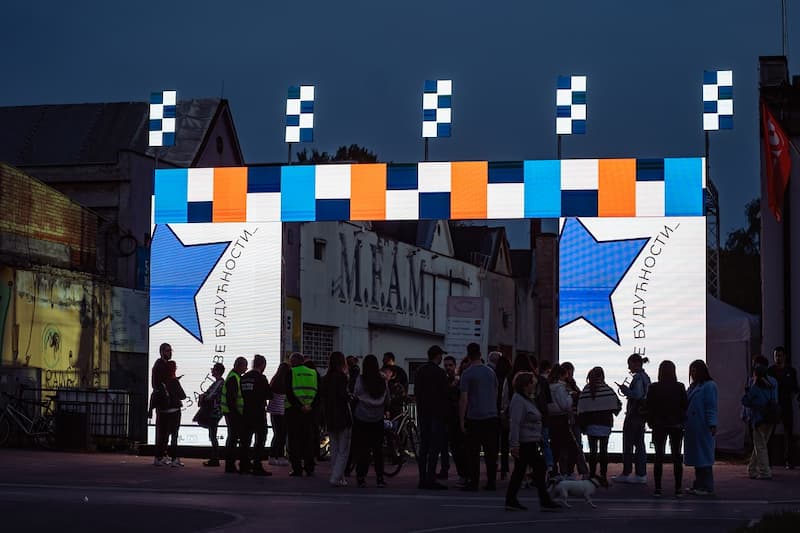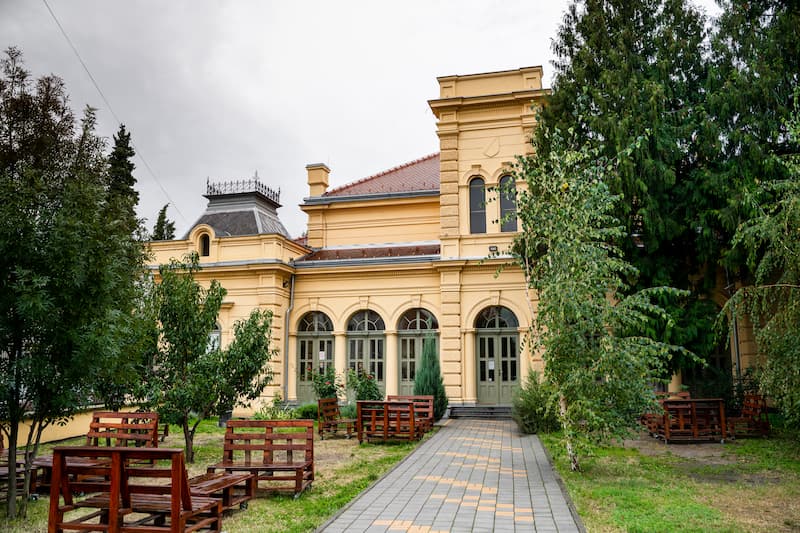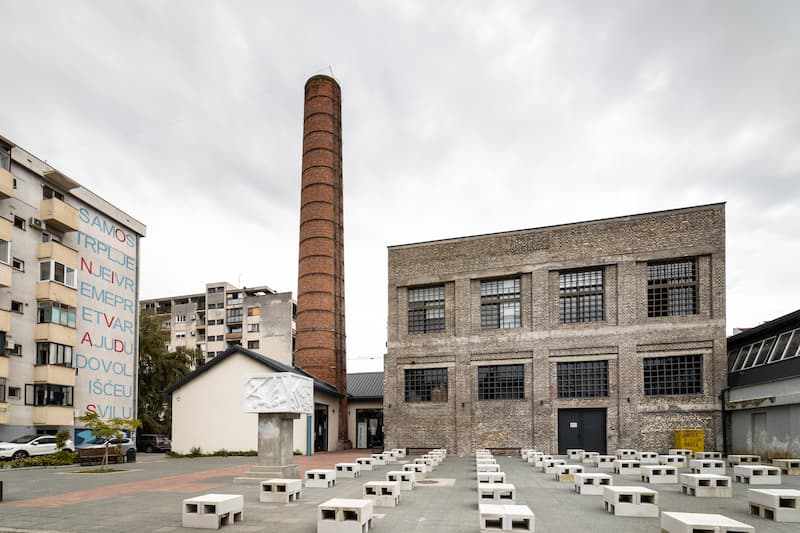Last year was one of those that Novi Sad will mark in the city’s cultural history. If you are not a regular visitor of cultural events, this time the events came to you and they were everywhere – from city streets, shopping centres, cultural stations, and schools, to well-known cultural institutions. In 2022, Novi Sad has, as the European Capital of Culture, lived its culture and created a space for itself on the European tourism and cultural maps. Apart from the accolades received during all the preparatory years of the European Capital of Culture, the biggest achievements of the first such title in Serbia are new audiences, new places, new processes that have taken root in the city’s cultural strategy, new programmes that have become a recognisable brand, but also new people, who as cultural workers had the opportunity to become harbingers of a new artistic practice, which has been developed from the moment of applying for this prestigious title.
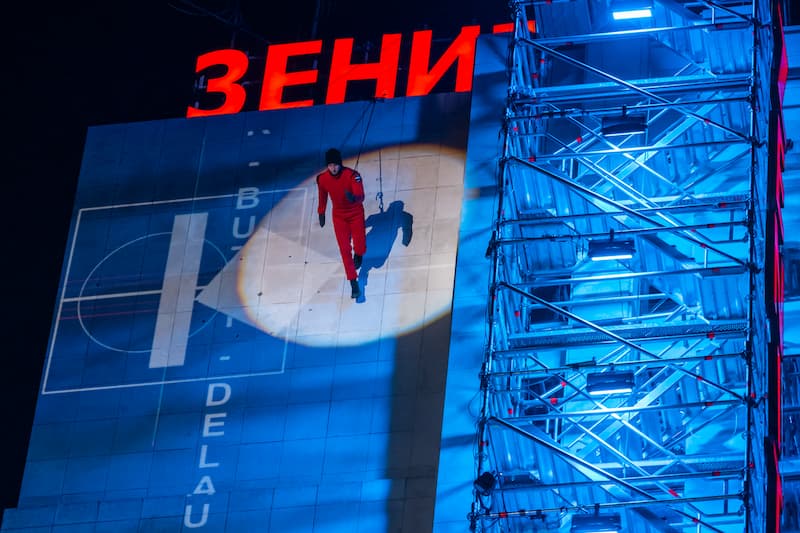
By the end of 2022, it is expected that the final number of local and foreign artists who took part in the European Capital of Culture programmes will have been 6,000. If the numbers do not paint a clear picture, imagine half of the seats at the Karađorđe Stadium occupied by musicians, actors, dancers, painters, cartoonists, designers, illustrators, and all those who visited Novi Sad during the eight programme arches. Roughly 3,500 events took place during the current year, some of which are currently ongoing as you are reading this article, which means that you could have visited not one, but several events each day of 2022.
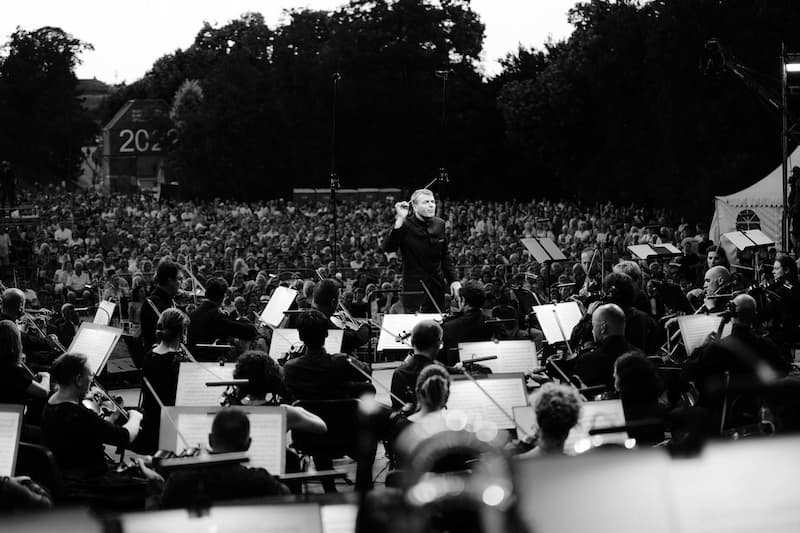
Novi Sad was thus a stop for artists from all over the world – representatives of 35 European countries put the multicultural identity of our city into perspective, along with guests from Asian, South American and African countries, as well as those from Canada and the United States of America. The European Capital of Culture was an opportunity to follow new artistic trends in Novi Sad and establish a different view of different cultures, highlighting minority and marginalised social groups.
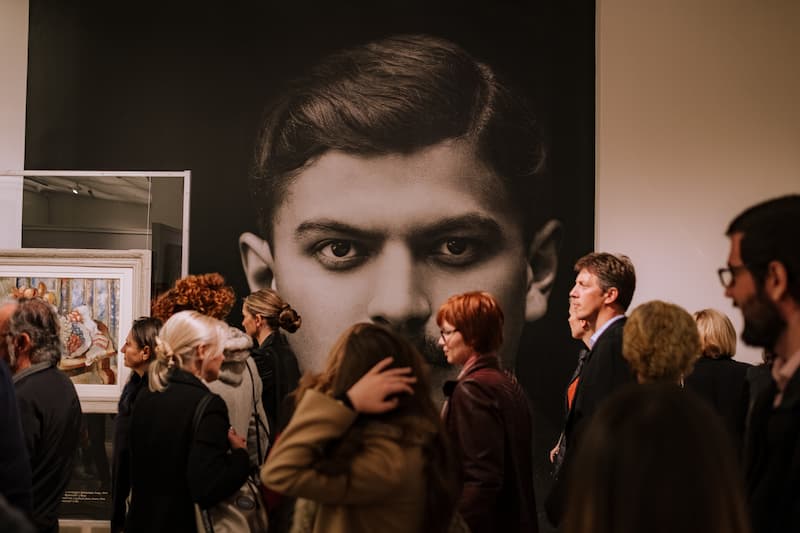
Naturally, major undertakings required even greater support, which is reflected in another small victory achieved by new processes in cultural planning; audiences, educational institutions, cultural institutions, the independent art scene and commercial collaborations and sponsorships were of great importance in establishing a balance between great ideas and their implementation. Having that in mind, almost 500 partners participated directly or indirectly in the title year, which is further proof that all relevant representatives of the public sector had a part in creating the new history of the city. This is supported by the fact that Novi Sad, as the European Capital of Culture, is one of the few cities in the region with an elaborate plan for strategic cultural development, which brought together 33 cultural institutions in the city and its surroundings.
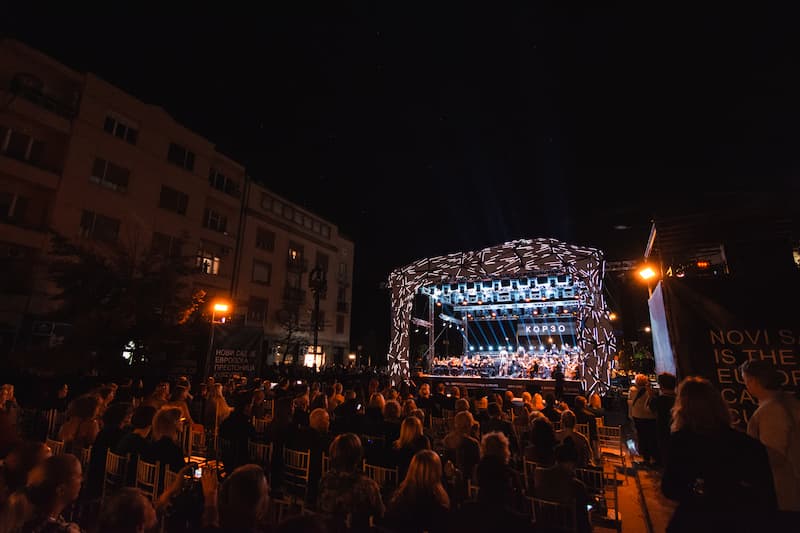
The success of Novi Sad as the European Capital of Culture was also discussed in foreign media, such as CNN, Time out, Evening Standard, Euronews, Condé Nast Traveller and numerous others. Further, according to the prestigious portal Lonely Planet, Novi Sad was ranked in the top three world destinations to visit (2019). Not long after this recognition, other awards arrived in Novi Sad, including the Melina Mercouri International Prize, which is awarded to the best European Capitals of Culture. At the same time, Novi Sad won the Award for the European Trend Brand in culture, thanks to the legacy programmes Doček and Kaleidoscope of Culture, which became recognisable at the European level. We await the results of the last in a series of European rankings in January 2023, because Doček, Vila and Future of Europe have been nominated for the best European festivals in 2022, within the 12th edition of the European Festival Awards, in different categories. You can make your contribution by voting at this link.
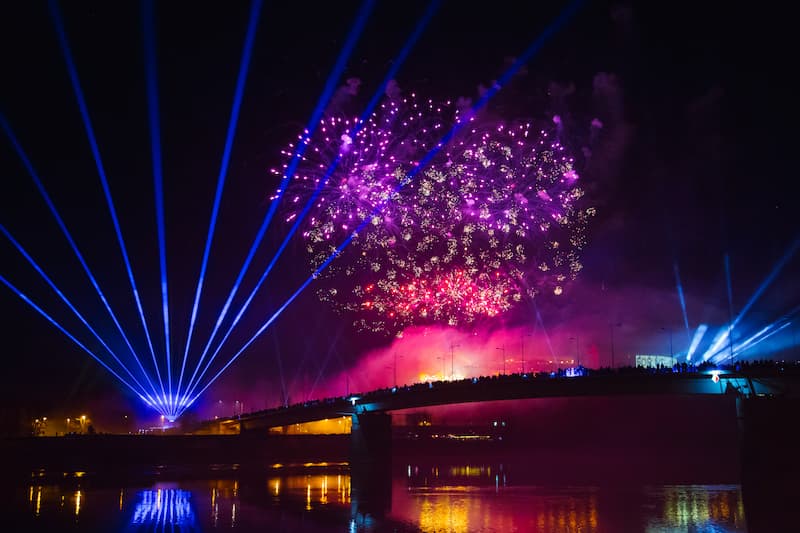
The end of the title year, we hope, does not mean the end of the newly established standards, which turned the everyday life of the people of Novi Sad into active participation in cultural events. With more than 40,000 square meters of renovated and newly built cultural facilities, we believe that everyone will find a place for themselves, and thanks to newly acquired habits, our fellow citizens will continue to nurture their curiosity.
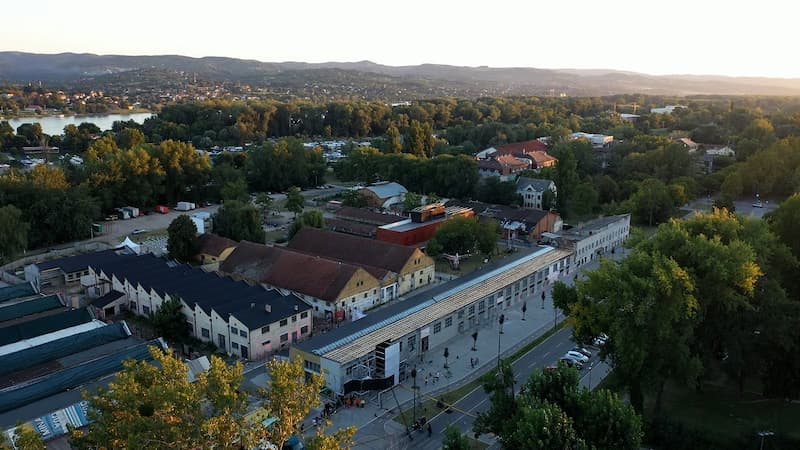
The European Capital of Culture was an excellent opportunity for the city to confirm its long-known status as the Serbian Athens, a city where knowledge and culture have been nurtured for centuries, but also to establish a more modern cultural infrastructure between the audience, professionals, creators, decision-makers, partners, volunteers, and all those who stopped at least once to see what was happening in our city.
Author: Leona Papp
Photo: Jelena Ivanović, Filip Petronijević, Vladimir Veličković, Marko Pudić, Zoran Ješić

